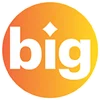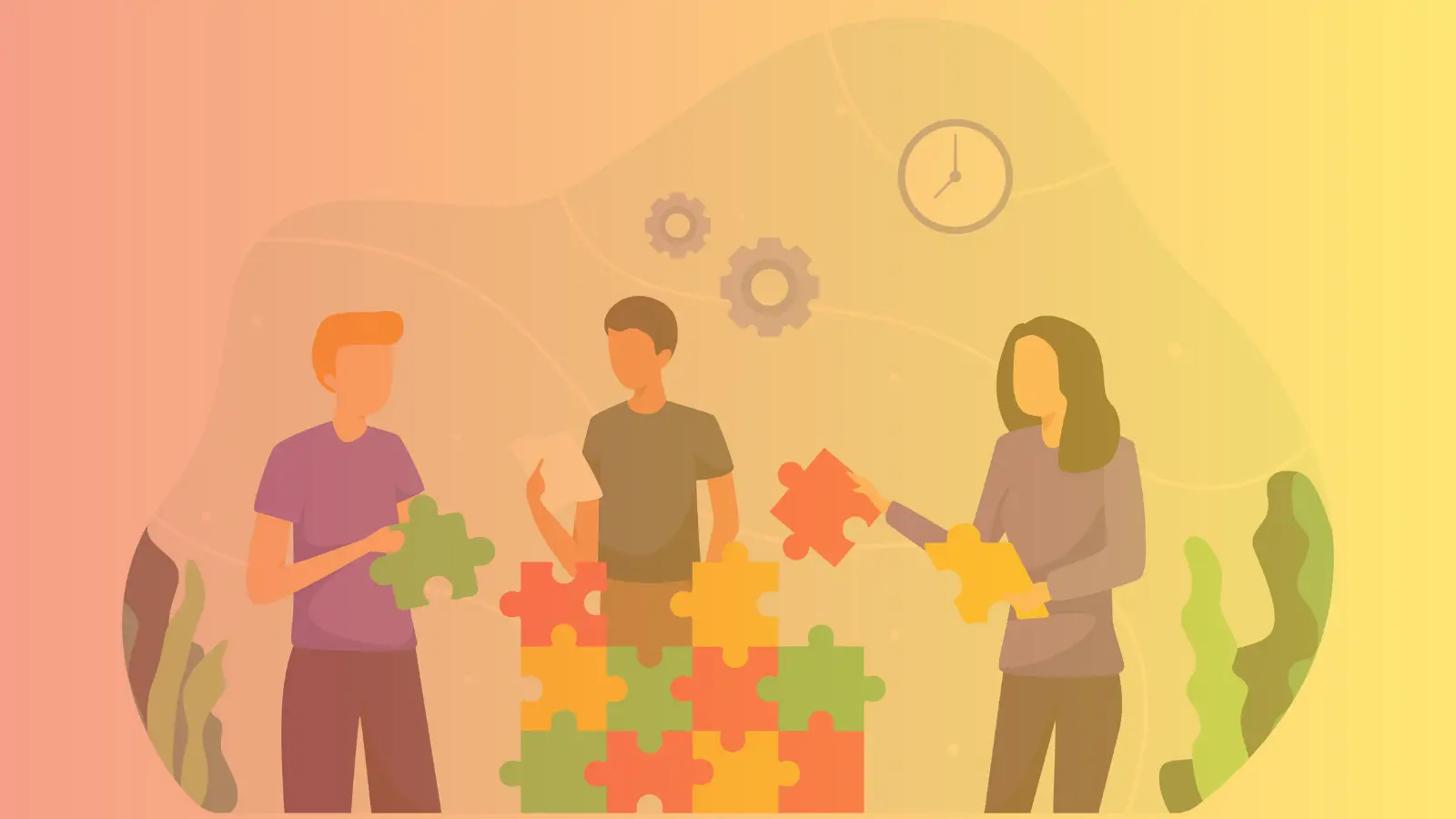The concept of “design thinking” has been criticized as being a misnomer, as it is a discipline that involves “learning by doing” to meet users’ needs. One-day offsite facilitations have been described as “innovation theater” that may leave participants feeling inspired but without a clear plan of action. Therefore, it is essential to consider what reinforcing steps follow in an ideation session before gathering your team.
Design Thinking in a Startup
Our client is a tech startup looking to create a user-centered solution. They recognize the importance of design thinking and, at the behest of an investor, conducted a facilitated offsite experience but still needed help finding a clear path forward.
To avoid this, they adopt a “learn by doing” approach to design thinking, prioritizing sketching, wireframes, and storyboarding to communicate user-centered needs to their colleagues. This process only sometimes yields a solution. Instead, it often uncovers assumptions standing in the way of a successful product or service.
Our client conducted user interviews over the next six weeks to inform low-cost, high-impact prototypes.
To ensure the technology is in service to the user, not the other way around, they deemphasized capturing all technologically-possible features and honed in on elements that met user-centered needs. At each step, they reevaluated the financial viability of the offering to ensure a profitable business.
Through constant feedback and iteration, our client developed investor-ready prototypes and a supporting business model, which allowed them to present a clear path forward to potential investors and partners. Like Airbnb uses design thinking to create a strategic moat around their business, our client mirrored that strategy in their vertical through a user-centered approach and a focus on intentional action.
Process Deep Dive
The first step is identifying one or two top ideas from the ideation sessions. Then, teams should identify and rank the assumptions behind those ideas for testing. This ranking should consider each assumption’s importance and degree of uncertainty. Finally, the goal is to bring ideas to life through a low-cost, high-impact prototype.
The prototype should focus on defining the business model, starting with desirability, then exploring the technical feasibility, and finally assessing the financial viability of the proposed solutions. It is important to note that “perfection is the enemy of progress,” so loosely defined features should be used when exploring the technological feasibility of the proposed solutions to ensure that technology serves the user rather than the other way around.
The “BIG Test” phase concludes with developing board-ready or investor-ready prototypes and a supporting business model. Here, companies shift their focus from maintenance to grow and often gain a competitive advantage.



